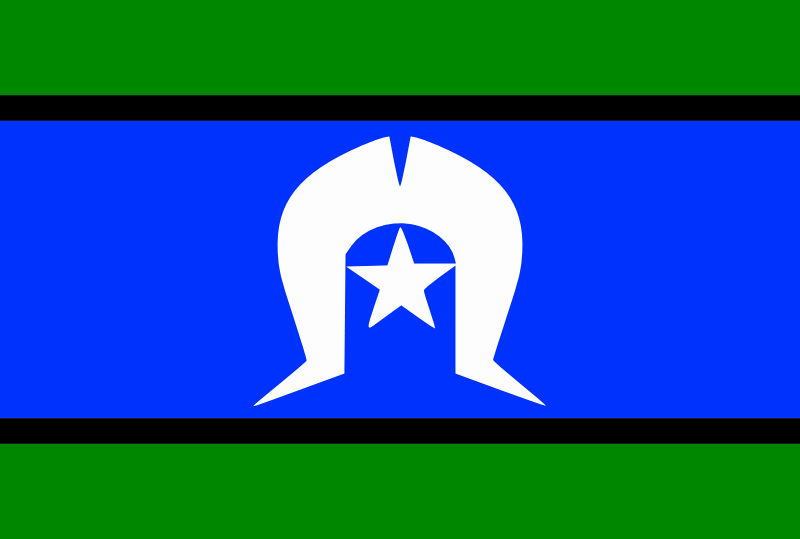08th May 2015
Thinking About the Craft of HR
If you’re a Human Resources leader, then you have a craft that you should develop and nurture. From our research and experience, we think there are two main elements to being a great practitioner of the HR craft.
Firstly, you need to be sure of how you display your conscious intentions to yourself and others; how you choose to lead. We like to call this your ‘persona’, as you’ll have to make deliberate choices about what you’ll stand for, focus on and commit yourself to. Look out for next week’s blog on this subject.
Today, we want to talk about the skill and knowledge aspects of the HR craft. To be successful, we believe you’ll need to have your craft’s skills finely honed. That is, how you turn business strategies into people plans; how operating models get turned into great organisation design; how change gets implemented (not just installed) and how you differentiate a business through it’s talent.
These are what we call the HR Levers that best differentiate our craft. It’s where we get to be the artisans that we want to be. While our tools and systems have gotten better, faster and cheaper through technology, we believe the important things still have the most impact. Let’s have a look at the HR craft in some more detail.
On our HR Mastery Program, we teach the five levers of the HR craft as:
- Developing a People and Organisation Plan
- Building Organisations to deliver the Operating Model
You’re the organisation’s chief architect. First understand what an Operating Model is and how it bridges that organisation’s strategy and heritage. It’s important to understand this before you do detailed organisation design. Know all the components of organisational design and how to reconfigure work and resources to produce better outcomes. Following this, get the leaders in a room to design and integrate the components and focus on changing the conversation from just structure and boxes to include all components of design. - Having a Capacity to Implement Change Better than Your Competitors
You need to be a master of managing change (remembering it’s all about people). Organisations need help to move beyond effective installation to an approach which ensures changes are implemented. This requires change programs which garner commitment from the people involved and leads to changes in actual behaviour. Who better to drive commitment and influence behaviours than HR? - Differentiating Your Organisation Through its Talent
You have to be on the front-line of talent acquisition. Your ability to assess, source and retain the best talent through processes that build bench and fix capability gaps is recognised and valued by CEOs and business leaders alike. We understand that talent management requires an integrated approach and that the ‘pipeline’ concept conveys the multi-year nature of the challenge. It’s also about developing a common language to describe/define talent in a way that works for your business, and that people understand. - Knowing the Business and the Numbers.
Speak the language of the business. To be seen as credible, and to earn a seat at the table, HR people must understand and speak the language of business (revenues, customers, products, margins, and numbers). It’s financial understanding and knowledge that will support your ability to analyse commercial and HR data to reveal trends, opportunities and challenges that will drive business performance. Identify and solve these challenges and you can make a substantial, quantifiable business impact.
This is where you start. Understanding your organisation’s strategy and direction, and then articulating how this will be achieved through people – resources, capabilities, alignment, focus and impact. It should include how your HR actions impact on business results articulating a long term view on how you will improve organisation performance; the quantifiable impact they can have on the business and capability, and sell the organisation on the HR agenda. Do this well, and you will garner support and credibility as a true business partner.
So this is where we believe time should be spent honing our craft. These are the five critical levers. We debated the importance of employment relations, employee engagement, HRIS solutions, etc. While we see these as important, they are really table-stakes – important to have, but excellence in them won’t have the same impact on the organisation as these five critical levers. We don’t wish to offend anyone with our choices. However, choices have to be made as to how you spend your time; we believe you should pull the levers that will add the most value.
The HR Mastery Program we’ve designed and developed here at Generator Talent Group is run purely to improve the capability of emerging HR Leaders. Firstly, to help determine the type of leader they want to be, we work with them on developing their HR Persona. The program then equips them to enact this across the five levers of our craft – the ones that will positively impact business results. It’s built to pass on the craft in a way that enable participants to get focussed really quickly on what will make a difference to them and their business.
The next HR Mastery Program will be held in Sydney, July 6th to 10th.Information and registration:
Categories: Uncategorised



